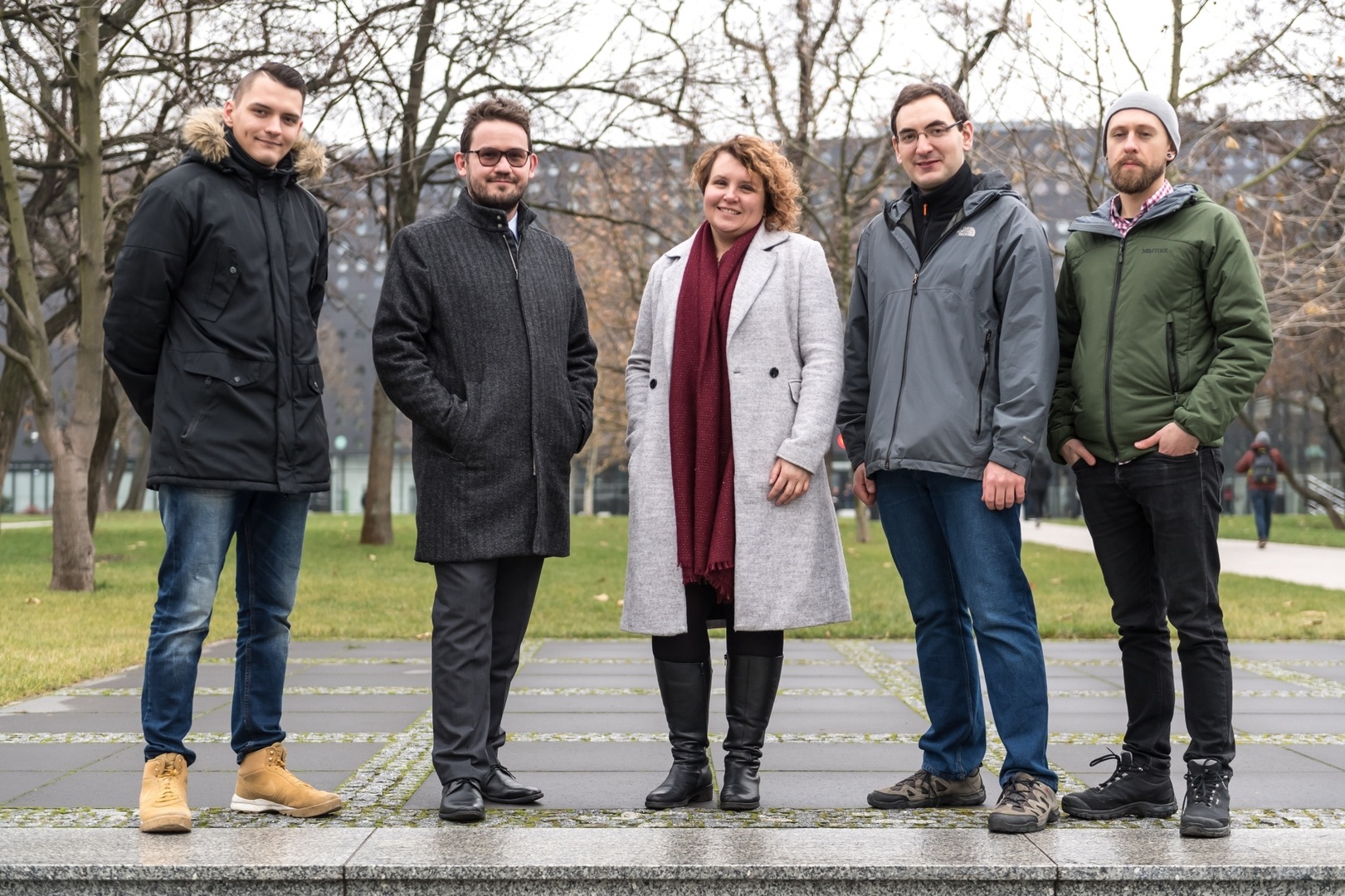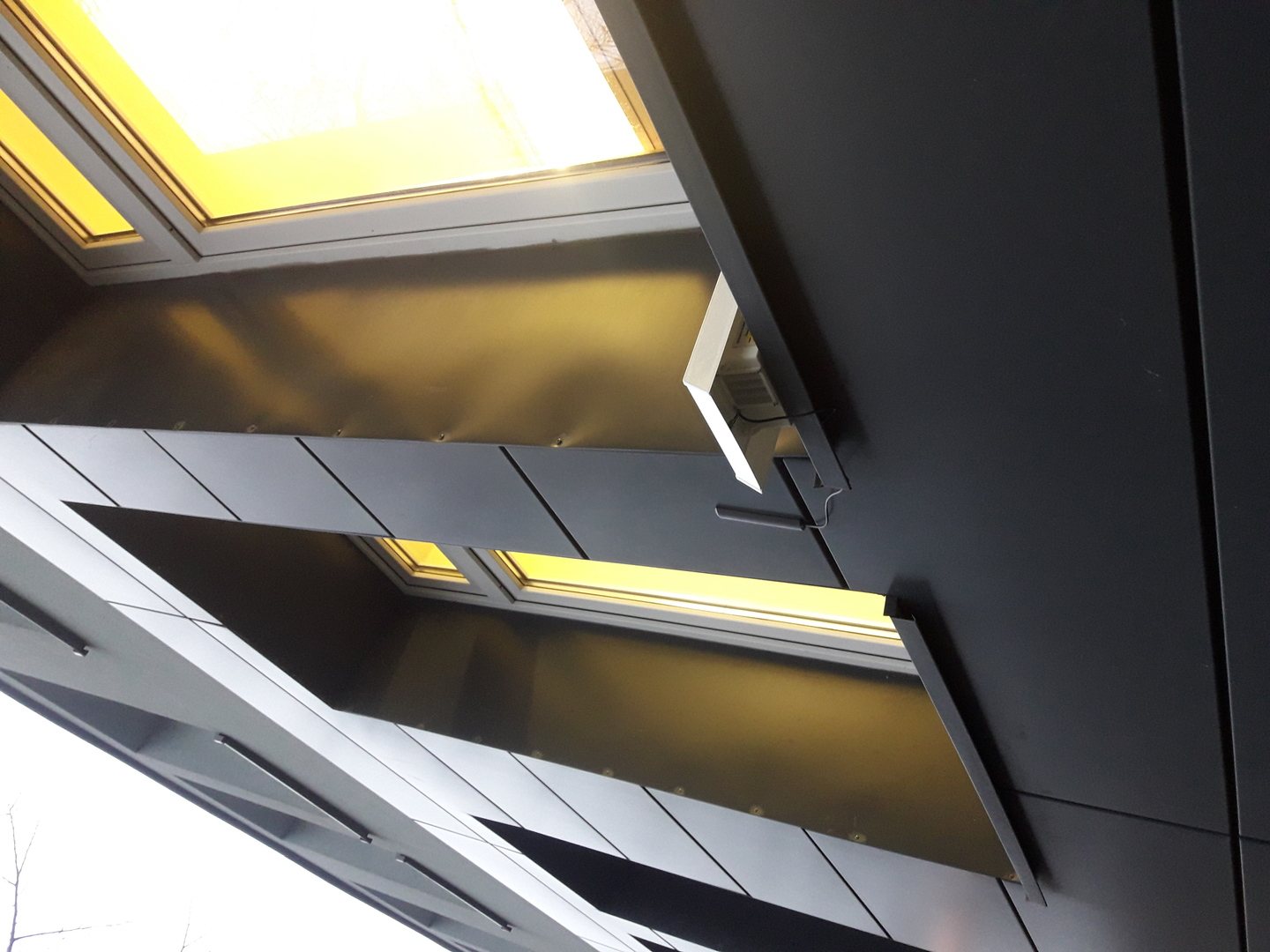YOUR BROWSER IS OUT-OF-DATE.
We have detected that you are using an outdated browser. Our service may not work properly for you. We recommend upgrading or switching to another browser.
Date: 29.04.2019 Category: general news, science/research/innovation
For over three months, the campus of Wrocław University of Science and Technology has been home to Poland’s only university network of air quality sensors. Several thousand employees, students, and residents of Wrocław have already benefited from the information provided by it
 Launched in January, the system comprises twenty devices. The main objective of the project is the measurement of concentrations and analysis of pollution responsible for smog at our university campus. The examination involves the impact of buildings, meteorological conditions, and urban greenery centred in a small, closed area on the spread of pollution.
Launched in January, the system comprises twenty devices. The main objective of the project is the measurement of concentrations and analysis of pollution responsible for smog at our university campus. The examination involves the impact of buildings, meteorological conditions, and urban greenery centred in a small, closed area on the spread of pollution.
The current air condition can be checked on a website. The sensors show data including the concentration of PM 2.5, i.e. particulate matter with a diameter not greater than 2.5 µm, which, according to WHO, is the most harmful to human health among other atmospheric pollutants.
- It should be clearly stated that our measurements were taken for a relatively short time, i.e. only three months, but they can be considered representative for the selected three months of the winter period. Based on the average concentrations of PM 2.5, it can be said that the air quality at the beginning of this year - compared to the same period in previous years - was better. There were only a few episodes of increased dust concentration, which lasted up to 1-2 days - says Professor Izabela Sówka from the Faculty of Environmental Engineering of WUST, the head and coordinator of the whole project.
It is worth remembering that one of the biggest problems in Wrocław is so-called low emissions, which result from, in this winter period, burning coal, and often also rubbish in households’ boiler rooms, or using unseasoned wood in fireplaces.
The better air condition was mainly due to the favourable weather conditions. This year, the average monthly temperature for selected winter months was higher than in previous years. As a result, household boiler rooms operated less intensively, which automatically resulted in a lower level of pollution.
 However, as far as campus air quality is concerned, it was comparable at all monitored sites. - It can, therefore, be said that in no building are students and employees more exposed to pollution than in any other people. Of course, we detected local increases in pollution levels, but they were short-lived and did not affect the averaged results. Differences in measurements from sensors inside the main campus were within a few per cent - explains Piotr Batog, PhD, Eng, a graduate of Wrocław University of Science and Technology, who is currently dealing with the construction of intelligent metering systems for air quality assessment.
However, as far as campus air quality is concerned, it was comparable at all monitored sites. - It can, therefore, be said that in no building are students and employees more exposed to pollution than in any other people. Of course, we detected local increases in pollution levels, but they were short-lived and did not affect the averaged results. Differences in measurements from sensors inside the main campus were within a few per cent - explains Piotr Batog, PhD, Eng, a graduate of Wrocław University of Science and Technology, who is currently dealing with the construction of intelligent metering systems for air quality assessment.
The next step in the development of measuring devices will be the installation of an ozone measurement sensor in them, which will enable testing the dominant pollutants in warmer periods. At present, comparative tests are being carried out between the available models. The instrumentation will be developed on the basis of the results of the research so far carried out.
Although the monitoring has been operating at Wrocław University of Science and Technology for several months, it has met with considerable interest and very positive reactions from city activists, students, and residents. The project’s website has been visited by over 3,000 users.
Our site uses cookies. By continuing to browse the site you agree to our use of cookies in accordance with current browser settings. You can change at any time.